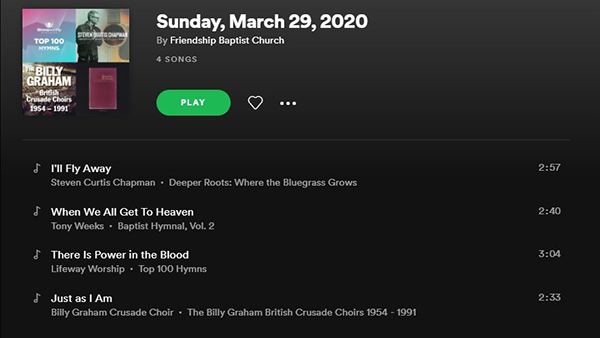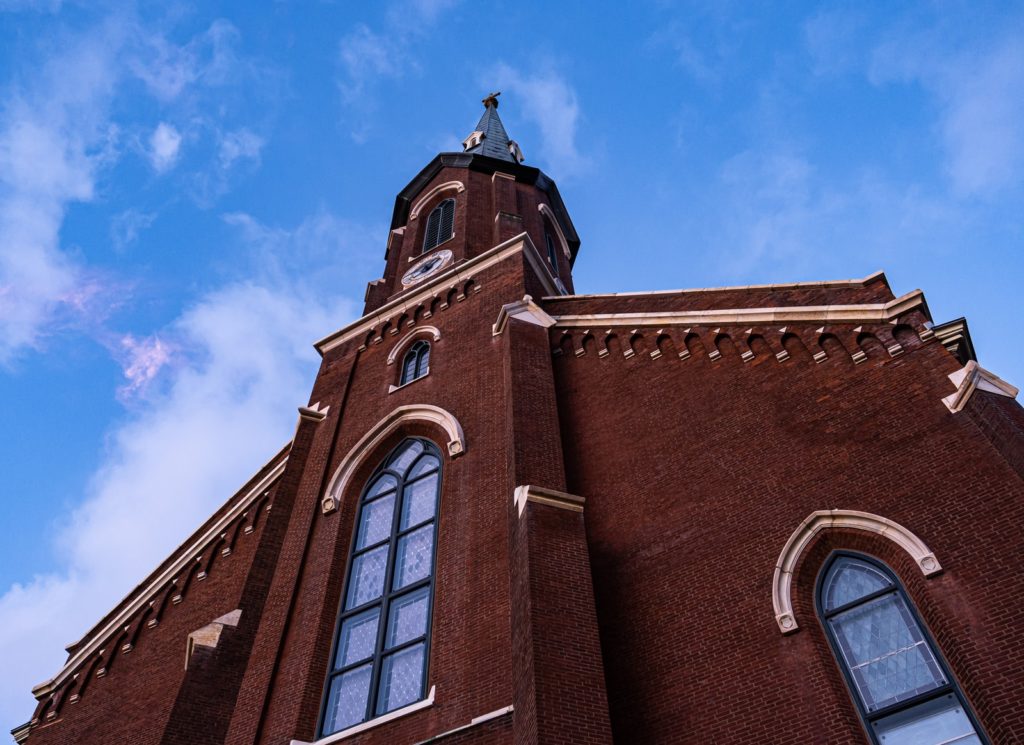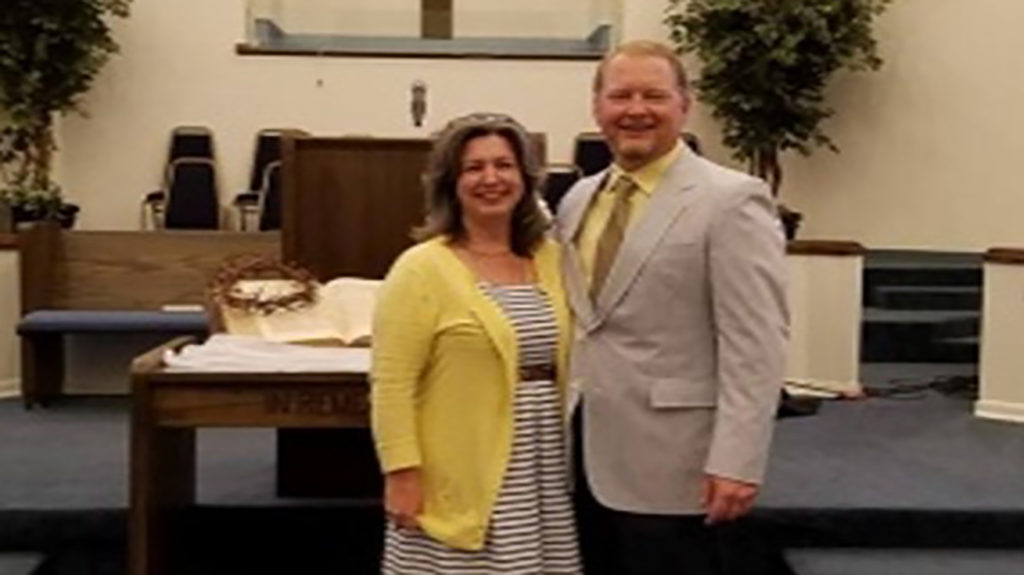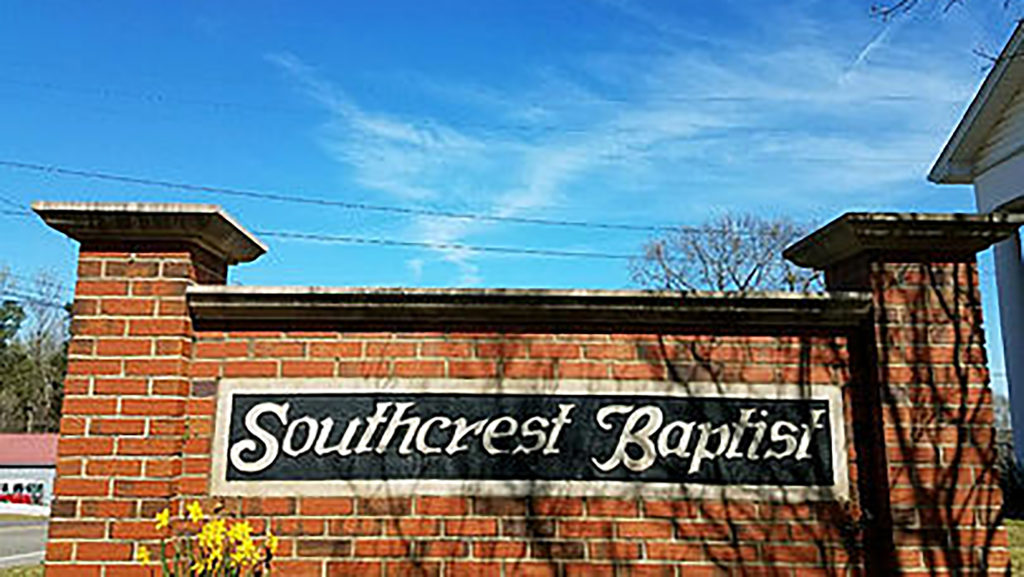As churches navigate the path of serving their congregations through the coronavirus/COVID-19 pandemic, many have attempted to provide cohesive worship experiences. For some, incorporating music into online services has presented both challenges of technology and opportunities for reaching viewers in new ways.
Randall Stoner, associational missions director for Marshall Baptist Association, said 80 of the 105 churches in the association produced an online worship service on March 22 through either FaceBook Live, YouTube, Vimeo or their church websites. For many, this was their first virtual service.
Learning how to be “tech savvy” is among the greatest challenges churches have faced in producing sharable worship services, Stoner said.
Copyright still matters
Several churches reported having their videos muted for violations of copyright, prompting questions from worship leaders about what’s legal to share online, said Keith Hibbs, director of the office of worship leadership and church music for the Alabama Baptist State Board of Missions.
Most churches are utilizing a small group of musicians, perhaps a pastor playing his guitar, a small instrumental ensemble or a praise band.
“It’s important for our members to have a close-to-normal experience at home,” said Josh Spivey, worship pastor at Thorington Road Baptist Church, Montgomery. “It’s typically optional for people to watch our services online, but it’s a necessity right now. Music is the emotional part before the message is delivered, and it prepares us for worship. It’s something the family can do proactively together.”
But Hibbs cautioned that churches should consider copyright laws, taking care to consider which songs can be performed online legally. Songs published before Jan. 1, 1923, fall within public domain and may be used in streaming services without permission. Many traditional Baptist hymns fall within this category, Hibbs said.
Sharing recorded tracks or videos of these songs requires the publisher’s permission.
“Some publishers, including LifeWay, have relaxed some prohibitions on using those tracks,” Hibbs said. “If there’s a doubt, churches should contact the publisher.”
For example, worship leaders can access tools and resources from LifeWay Christian Resources. The site provides steps for accessing a gratis (free) license through Christian Copyright Licensing International (CCLI) for using LifeWay audio tracks. Sovereign Grace Music is offering a similar gratis license. (Read more about CCLI licensing by clicking here.)
Many churches already have a CCLI plan that allows them to print song lyrics in bulletins or project them on a screen for congregational singing. Add-ons are available for livestreaming services, but use of music in a livestream is not covered in the basic CCLI license.
Tips for using music online
Incorporating music in digital worship services presents unique challenges for churches, but churches can use this opportunity to create a unique experience and aren’t limit to traditional methods, Hibbs said.
Consider these tips for creating unique online worship experiences:
- An intimate setting creates a better production for churches using one camera or smartphone. “The better services I saw this week included an intimate setting,” Hibbs said. “The personality of the pastor came through. It’s hard for worship leaders to sing to a camera, and it’s so much better when the personality comes through. This approach can reach people by allowing them to relate personally to the pastor. I encourage smaller churches to give this a shot.”
- A small investment in equipment also can improve the broadcast quality. A tripod, for example, creates stability and clarity when used with a smartphone. In addition, an external microphone dramatically improves sound quality for the broadcast.
James Hammack, TAB digital services manager and worship leader at HisWay Community Church, Prattville, suggests two budget-friendly pieces of equipment for achieving higher quality livestreaming with a smartphone:
-A bluetooth wireless microphone
(Note for Apple users only — an adapter might be needed for the wireless mic)
- Prerecording the audio for worship music also can increase sound quality, allowing for editing and remixing, Spivey said.
- Provide links to music videos or playlists that coordinate with each message. Nicholas Gandy, pastor of Friendship Baptist Church, Springville, has created Spotify playlists for Sunday mornings. YouTube playlists could be used too.
- Record something each day and upload it to the church website to continually encourage congregants to worship, Hibbs said. Making live broadcasts available all during the week is also a great option.
New opportunities
Spivey said church members are glad to have access to online worship and that this situation has given him an opportunity to rethink some aspects of what his church has been doing.
“In such negative times, there is some positivity coming out in this,” Spivey said. “It’s enabled me to reevaluate some things and to have some ideas for moving ahead.”
Stoner is glad to see churches putting into place strategies that will be useful for long-term ministry.
“It’s God giving us ways to communicate to more people, especially with our senior adults,” said Stoner. “God has given us the ability to connect with some who would not have heard the message any other way. When everything is over, we’ll have reached people who would not normally have been reached.”






Share with others: